Home>Garden Essentials>What Is The Best Mulch For Landscaping
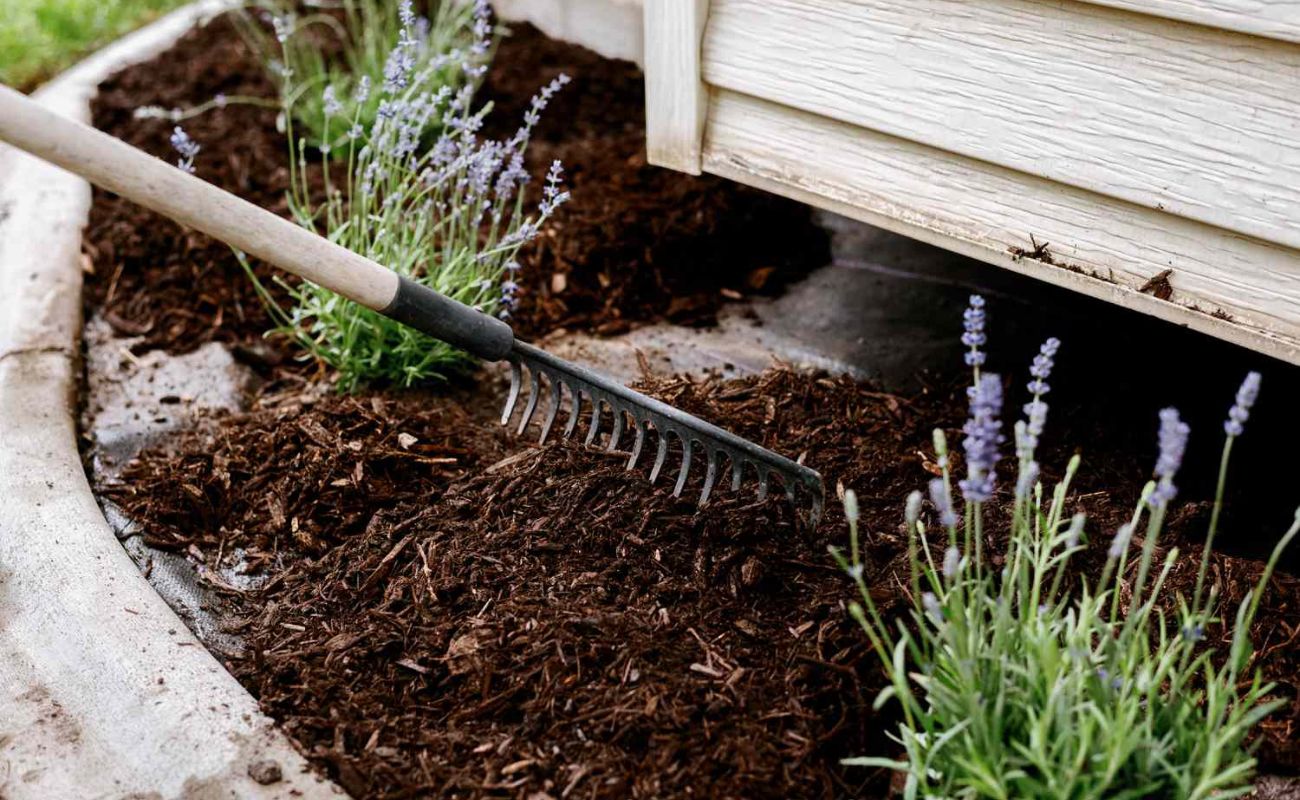

Garden Essentials
What Is The Best Mulch For Landscaping
Modified: March 7, 2024
Looking for the best mulch for your garden? Discover the top choices for landscaping that will enhance your garden's beauty and health.
(Many of the links in this article redirect to a specific reviewed product. Your purchase of these products through affiliate links helps to generate commission for Storables.com, at no extra cost. Learn more)
Introduction
Welcome to the world of landscaping! Whether you have a sprawling garden or a small backyard, landscaping can transform your outdoor space into a beautiful oasis. One important aspect of landscaping that often goes overlooked is the use of mulch. Mulch not only adds aesthetic value to your garden but also offers numerous benefits for plant health and maintenance.
In this article, we will explore the best types of mulch for landscaping and how they can enhance the beauty and functionality of your outdoor space. We will discuss the benefits of using mulch, factors to consider when choosing mulch, and the different types of mulch available. Additionally, we will provide insights on the best mulch options for flower beds, vegetable gardens, trees and shrubs, pathways and walkways, and weed control.
From enhancing plant growth to improving soil quality, mulch plays a vital role in maintaining a healthy and thriving garden. So, without further ado, let’s dig into the world of mulch and discover the best options for your landscaping needs.
Key Takeaways:
- Mulch is a versatile landscaping tool that offers benefits such as weed control, moisture retention, and enhanced aesthetics. Choosing the right mulch type for specific areas like flower beds, vegetable gardens, and pathways can improve plant health and reduce maintenance.
- Factors such as material type, durability, moisture retention, and environmental impact should be considered when selecting mulch. By evaluating these factors and choosing the most suitable mulch for each area of your garden, you can create a thriving and visually appealing outdoor space.
Benefits of Using Mulch in Landscaping
Mulch offers a wide range of benefits when used in landscaping. Here are some of the key advantages:
- Weed Control: One of the primary benefits of mulch is its ability to suppress weed growth. By covering the soil surface, mulch acts as a barrier, preventing sunlight from reaching weed seeds and inhibiting their germination. This reduces the need for manual weeding and herbicide use, making your gardening tasks easier and more efficient.
- Moisture Retention: Mulch helps to conserve soil moisture by reducing water evaporation. By acting as a protective layer, it slows down the rate at which water evaporates from the soil surface. This is especially beneficial during hot summer months when water loss can be significant. The moisture retention properties of mulch help plants maintain adequate hydration, reducing the need for frequent watering.
- Temperature Regulation: Mulch acts as a natural insulator, providing a buffer against extreme temperature fluctuations. During hot weather, it keeps the soil cooler by reducing heat absorption, while in colder months, it helps to retain soil warmth. This temperature regulation promotes better root growth and overall plant health.
- Soil Health: Mulch gradually breaks down over time, adding organic matter to the soil. This organic matter improves soil structure, moisture retention, and nutrient availability. As the mulch decomposes, it also enriches the soil with essential nutrients, promoting healthy plant growth.
- Erosion Control: If your garden is located on a slope or has exposed soil areas, mulching can help prevent soil erosion. The protective layer of mulch reduces the impact of heavy rain and prevents soil particles from being carried away by water runoff.
- Enhanced Aesthetics: Mulch adds a finished look to your garden beds and landscaping. It comes in various colors and textures, allowing you to create a visually appealing contrast with your plants. Whether you prefer the natural look of wood mulch or the vibrant hues of rubber mulch, you can choose a mulch type that complements the style and theme of your outdoor space.
- Reduced Maintenance: By suppressing weed growth and conserving moisture, mulch helps reduce the time and effort required for regular garden maintenance. With less weeding and watering needed, you can spend more time enjoying your garden and less time tending to it.
Overall, using mulch in landscaping not only enhances the beauty of your outdoor space but also promotes plant health, reduces water usage, and minimizes the need for chemical weed control. Now that we understand the many benefits of mulching, let’s explore the factors to consider when choosing the right mulch for your garden.
Factors to Consider When Choosing Mulch
Choosing the right mulch for your landscaping needs involves considering several important factors. Here are some key aspects to keep in mind:
- Material: Mulch is available in various materials, such as wood chips, bark, straw, compost, rubber, and even stones. Each material has its own characteristics, benefits, and drawbacks. Consider factors like availability, cost, aesthetics, and the specific needs of your plants when choosing the material.
- Organic vs. Inorganic: Mulch can be classified as organic or inorganic. Organic mulches, like wood chips and straw, decompose over time and enrich the soil with nutrients. Inorganic mulches, such as rubber and stones, do not break down and provide long-lasting weed control. Consider the pros and cons of each type based on your preferences and gardening goals.
- Durability: Consider the durability of the mulch material. Organic mulches tend to break down faster, requiring regular replacement, while inorganic mulches can last longer but may not contribute to soil health.
- Moisture Retention: Different mulch materials have varying abilities to retain moisture. Some mulches, like wood chips and straw, excel at retaining water, while others, like stones, allow for better drainage. Consider the water needs of your plants and the climate in your area when choosing a mulch that balances moisture retention and drainage.
- Color and Aesthetics: Consider the color and texture of the mulch in relation to your overall landscaping design. Lighter colored mulches, like pine needles, can brighten up shady areas, while darker mulches, like cocoa bean hulls, can add richness and depth to garden beds. Choose a mulch color that complements the surroundings and enhances the visual appeal of your outdoor space.
- Coverage and Thickness: Determine how much mulch you will need for your garden beds and calculate the appropriate thickness. A general rule of thumb is to apply mulch at a depth of 2-4 inches. However, certain plants may have specific mulch depth requirements, so consider the needs of your plants when determining the coverage and thickness of mulch.
- Availability and Cost: Consider the availability and cost of the mulch material. Some mulches may be readily available locally, while others may require special ordering or delivery. Additionally, the cost of mulch can vary depending on the material and quantity needed. Evaluate your budget and availability options when making your selection.
- Environmental Impact: Assess the environmental impact of the mulch material. Opt for mulches made from sustainable sources or recycled materials. Avoid mulches that contain harmful chemicals or are detrimental to local ecosystems.
By considering these factors, you can choose the most suitable mulch for your landscaping needs. Now, let’s explore the different types of mulch available for landscaping.
Types of Mulch for Landscaping
When it comes to mulch for landscaping, there is a wide variety of options to choose from. Each type of mulch offers unique characteristics, benefits, and considerations. Here are some of the most popular types of mulch:
- Wood Chips: Wood chips are one of the most common types of mulch. They are typically made from hardwood or pine trees and provide excellent weed suppression and moisture retention. Wood chips break down slowly, enriching the soil as they decompose. They are available in different sizes and colors, allowing you to choose the one that best suits your garden aesthetic.
- Bark Mulch: Bark mulch is made from the outer layer of tree bark. It is available in different textures, colors, and sizes. Bark mulch is known for its ability to retain moisture, regulate soil temperature, and add an attractive finish to garden beds. It breaks down slowly, lasting longer compared to some other organic mulches.
- Straw: Straw mulch is an organic option made from the stems of harvested grains or grasses. It is affordable, lightweight, and easy to spread. Straw mulch helps retain soil moisture, control weeds, and protect plant roots from temperature extremes. However, it may attract pests and incorporate weed seeds, requiring extra attention during application.
- Rubber Mulch: Rubber mulch is made from recycled tires and offers a long-lasting alternative to organic mulches. It is durable, non-biodegradable, and provides excellent weed suppression. Rubber mulch does not decompose, reducing the need for frequent replacement. It is available in various colors and can add a unique aesthetic to your landscaping. However, it may not contribute to soil health like organic mulches.
- Leaf Mulch: Leaf mulch is made from shredded leaves and is an excellent way to recycle yard waste. It improves soil structure, moisture retention, and nutrient availability when applied as mulch. Leaf mulch breaks down relatively quickly and may need to be replenished more frequently. However, it is an affordable and eco-friendly option for nutrient-rich landscaping.
- Compost: Compost can be used as both a soil amendment and a mulch. It is made from decomposed organic matter, such as kitchen scraps, yard waste, and manure. Compost adds beneficial nutrients to the soil and improves soil structure. When spread as a mulch, it helps retain moisture and suppress weeds. It is an excellent option for organic gardening and sustainable landscaping.
- Stone Mulch: Stone mulch is a popular choice for low-maintenance landscapes. It is available in various sizes, colors, and textures, allowing you to create striking visual effects. Stone mulch does not decompose and provides long-lasting weed suppression. It does not retain moisture as well as organic mulches, so it may not be suitable for plants that require high levels of soil moisture.
- Grass Clippings: Grass clippings can also be used as mulch in your landscaping. They are readily available, free, and full of nitrogen, making them a great option for vegetable gardens and nitrogen-loving plants. Grass clippings should be used in thin layers to avoid matting and excessive heat buildup.
These are just a few examples of the types of mulch available for landscaping. Each type has its own unique qualities, so consider your specific gardening needs, preferences, and budget when choosing the best mulch for your garden. Now, let’s dive deeper into evaluating the different mulch options.
Evaluating Different Mulch Options
When evaluating different mulch options for your landscaping needs, it’s important to consider several factors to ensure the best choice for your garden. Here are some key aspects to evaluate:
- Ease of Installation: Consider how easy and practical it is to install the mulch. Some mulches, like wood chips and stone mulch, are relatively easy to spread, while others, like rubber mulch, may require more effort due to their weight.
- Availability: Check the availability of the mulch material in your area. Certain types of mulch, such as straw or leaf mulch, may be abundant during specific seasons, while others, like rubber mulch, may require special ordering or delivery.
- Maintenance Requirements: Consider the maintenance requirements associated with the mulch option. Organic mulches, like wood chips and straw, may require periodic replenishment as they break down over time. In contrast, inorganic mulches, like rubber or stone mulch, require minimal maintenance once installed.
- Cost: Evaluate the cost of the mulch material. Prices can vary depending on the type of mulch and the quantity needed. Consider your budget and the long-term benefits when determining the cost-effectiveness of the mulch option.
- Aesthetics: Consider the visual appeal of the mulch in relation to your garden design. Some mulches, like wood chips or bark mulch, provide a natural and rustic look, while others, like rubber mulch or stone mulch, offer a more contemporary or decorative appearance. Choose a mulch that enhances the overall aesthetics of your outdoor space.
- Weed Control: Assess the effectiveness of the mulch in suppressing weed growth. Organic mulches, with their ability to create a barrier between sunlight and weed seeds, are usually more effective in weed control. Inorganic mulches, like rubber or stone, provide physical weed suppression but may still allow some weed growth through cracks or gaps.
- Moisture Retention: Consider the mulch’s ability to retain moisture in the soil. Organic mulches, such as wood chips and straw, excel at retaining moisture, while inorganic mulches, like stone or rubber, provide better drainage. Choose a mulch that aligns with the moisture needs of your plants and the climate in your area.
- Plant Health: Evaluate how the mulch option may impact the health of your plants. Organic mulches enrich the soil with nutrients as they break down, promoting healthier plant growth. Inorganic mulches do not contribute to soil health but may provide a beneficial barrier against pests and diseases.
- Sustainability: Consider the environmental impact and sustainability of the mulch material. Opt for mulches made from sustainable sources or recycled materials. Avoid mulches that contain harmful chemicals or have negative impacts on local ecosystems.
By evaluating these factors, you can make an informed decision about the best mulch option for your landscaping needs. Next, we will explore the best mulch choices for specific areas in your garden, including flower beds, vegetable gardens, trees and shrubs, pathways and walkways, and weed control.
Read more: How To Mulch Landscaping
Best Mulch for Flower Beds
Flower beds are a focal point in any garden, and choosing the right mulch can enhance their beauty while providing essential benefits. Here are some of the best mulch options for flower beds:
- Wood Chips: Wood chips are a popular choice for flower beds due to their natural look and ability to retain moisture. They provide excellent weed control and help regulate soil temperature, protecting delicate flowers from extreme conditions. Wood chips gradually break down, enriching the soil with organic matter and nutrients.
- Bark Mulch: Bark mulch is another great option for flower beds. It adds an attractive finish to the beds and helps retain moisture, reducing the need for frequent watering. Bark mulch breaks down slowly, providing long-lasting weed suppression and adding nutrients to the soil. It is available in various sizes and colors to complement your flower bed aesthetic.
- Straw: Straw mulch can be an economical choice for flower beds. It helps retain soil moisture, protects plant roots, and suppresses weed growth. Straw mulch is particularly beneficial for annual flowers as it provides a natural, airy appearance that allows the buds to emerge easily.
- Grass Clippings: If you prefer a more sustainable option, grass clippings can be used as mulch for flower beds. They are an easily accessible resource and are rich in nitrogen, which promotes healthy plant growth. Apply grass clippings in thin layers to avoid matting, and make sure the grass has not been treated with chemicals.
- Compost: Compost can also be used as a mulch for flower beds. It enhances soil structure, provides nutrients to plants, and improves moisture retention. Apply compost around the base of flowers, leaving some space around the stem to prevent rotting.
- Pine Needles: Pine needles are an excellent mulch option for acid-loving flowers, such as azaleas, rhododendrons, and hydrangeas. They gradually acidify the soil, creating optimal growing conditions for these plants. Pine needles also help retain soil moisture and suppress weed growth while adding an attractive natural look to your flower beds.
- Decorative Mulch: For a more decorative touch, you can choose colored mulch, such as cocoa bean hulls or dyed wood chips. These mulches come in various colors, allowing you to customize the appearance of your flower beds. However, it is important to ensure that the coloring used is safe for plants and the environment.
Consider the specific needs of your flowers, the overall aesthetics of your garden, and the availability of mulch options when choosing the best mulch for your flower beds. Applying a layer of mulch to your flower beds not only enhances their appearance but also helps improve soil health, moisture retention, and weed control. Now, let’s explore the best mulch options for vegetable gardens.
Pine bark mulch is a great option for landscaping as it decomposes slowly, adds nutrients to the soil, and helps retain moisture. It also has a natural, attractive appearance.
Best Mulch for Vegetable Gardens
When it comes to vegetable gardens, choosing the right mulch is crucial for promoting healthy growth, conserving moisture, and preventing weed competition. Here are some of the best mulch options for vegetable gardens:
- Straw: Straw mulch is a popular choice for vegetable gardens due to its affordability and effectiveness. It helps retain soil moisture, regulates temperature, and suppresses weed growth. Straw creates a barrier between the soil and the plants, preventing direct contact and reducing the risk of soil-borne diseases. It is particularly suitable for larger vegetable crops like tomatoes, potatoes, and melons.
- Grass Clippings: Grass clippings make an excellent mulch for vegetable gardens, especially if they come from untreated lawns. They are rich in nitrogen, which promotes lush vegetative growth. Grass clippings also help retain moisture and suppress weeds. Be sure to apply a thin layer of grass clippings and allow them to dry out first to prevent matting and heat buildup.
- Compost: Compost is a highly beneficial mulch option for vegetable gardens. It improves soil fertility, structure, and water retention. Applying a layer of compost around your vegetables provides a slow-release source of nutrients and helps suppress weeds. Compost also enhances beneficial microbial activity in the soil, contributing to overall plant health.
- Wood Chips: Wood chips can be used as mulch in vegetable gardens, especially for perennial crops or pathways. They help regulate soil temperature, conserve moisture, and suppress weed growth. However, avoid using freshly chipped wood, as it can tie up nitrogen in the soil during the decomposition process. Use aged wood chips or apply nitrogen fertilizer alongside fresh wood chips to mitigate this issue.
- Newspaper: Newspaper is an economical and effective mulch choice for vegetable gardens. Wet the newspaper before placing it around plants, creating overlapping layers to prevent weed growth. Cover the newspaper with straw or compost to provide additional insulation and moisture retention. Newspaper mulch is biodegradable and can be tilled into the soil at the end of the growing season.
- Black Plastic: Black plastic mulch is commonly used in large-scale vegetable production. It helps suppress weeds, conserve moisture, and warm the soil, promoting faster plant growth. However, this option requires careful irrigation management and can hinder the exchange of air and water between the soil and the atmosphere.
- Living Mulch: Another option for vegetable gardens is to use living mulch, such as low-growing cover crops or perennial groundcovers. These plants help suppress weeds, conserve moisture, and can provide nitrogen fixation or beneficial insect habitat. Plant living mulch between rows or as an understory to your vegetables to maximize the benefits.
Consider the specific needs of your vegetable plants, the availability of mulch materials, and the overall management practices of your garden when selecting the best mulch option. Applying the right mulch in your vegetable garden can improve soil fertility, reduce weed competition, and conserve water, leading to a bountiful harvest. Now, let’s explore the best mulch options for trees and shrubs.
Best Mulch for Trees and Shrubs
Mulching plays a crucial role in the health and vigor of trees and shrubs. The right mulch choice can conserve moisture, suppress weeds, regulate soil temperature, and provide a protective layer around the root zone. Here are some of the best mulch options for trees and shrubs:
- Bark Mulch: Bark mulch is a popular choice for trees and shrubs due to its attractive appearance and excellent moisture retention properties. It helps regulate soil temperature and conserves moisture, reducing the need for frequent watering. Bark mulch also provides a protective layer that prevents weed growth and helps prevent soil erosion. Choose a suitable size and color of bark mulch that complements the aesthetics of your landscape.
- Wood Chips: Wood chips are a common and effective mulch option for trees and shrubs. They provide good insulation against extreme temperatures and help retain moisture in the soil. Wood chips gradually break down, adding organic matter to the soil and promoting healthier root development. Make sure to apply wood chips in a thin layer, leaving space around the base of the tree or shrub to avoid rotting.
- Straw: Straw mulch can be used around young trees and shrubs to provide protection and conserve moisture. It helps suppress weeds and insulates the soil, preventing extreme temperature fluctuations. Straw mulch is particularly useful in colder regions, where it acts as a natural winter insulation layer. However, it may not be suitable for more permanent or ornamental landscapes.
- Compost: Compost can be used as a mulch around trees and shrubs to improve soil health and provide a continuous source of nutrients. It helps retain moisture and suppress weeds while enriching the soil with organic matter. Apply a layer of compost around the base of the plants, leaving space around the stems to prevent rotting. Compost mulch is a sustainable option that supports plant growth and overall ecosystem health.
- Living Mulch: Consider using living mulch, such as groundcovers or low-growing plants, around trees and shrubs. These plants help suppress weeds, conserve moisture, provide habitat for beneficial insects, and enhance the overall aesthetics of your landscape. Choose low-maintenance and non-invasive species that are compatible with the specific needs of your trees and shrubs.
- Stone Mulch: Stone mulch can be used around trees and shrubs in arid regions or xeriscape landscapes. It does not retain moisture as effectively as organic mulches but provides durable weed suppression. Stone mulch can create a visually striking contrast against the green foliage and is low-maintenance once installed. Ensure proper drainage and avoid using stone mulch around plants that require higher moisture levels.
Consider the specific needs of your trees and shrubs, the local climate, and the aesthetics of your landscape when selecting the best mulch option. Applying an appropriate mulch around your trees and shrubs will support their health and growth while reducing maintenance and conserving water. Now, let’s explore the best mulch options for pathways and walkways.
Best Mulch for Pathways and Walkways
Mulching pathways and walkways can provide both functional and aesthetic benefits to your outdoor space. The right mulch choice can help create a defined pathway, minimize weed growth, improve accessibility, and enhance the overall look of your garden. Here are some of the best mulch options for pathways and walkways:
- Gravel: Gravel is a popular choice for pathways and walkways due to its durability and low maintenance. It provides excellent drainage and is suitable for high-traffic areas. Gravel comes in different sizes and colors, allowing you to choose the one that matches your landscaping style. Consider using landscape fabric or a weed barrier beneath the gravel to suppress weed growth and keep the pathway tidy.
- Wood Chips: Wood chips can be used as mulch for pathways and walkways to create a rustic and natural look. They provide good traction and help prevent soil erosion. Wood chips are relatively affordable and easy to install. However, they may require occasional replenishment as they break down over time. Avoid using wood chips on steep slopes or areas prone to heavy rainfall to prevent washouts.
- Pine Straw: Pine straw is an excellent option for pathways and walkways, especially in areas with acidic soils. It adds a unique, natural aesthetic to the landscape and helps suppress weed growth. Pine straw interlocks, creating a stable surface that is comfortable to walk on. It is lightweight and easy to apply, making it a popular choice for garden paths.
- Bark Mulch: Bark mulch can be used for pathways and walkways to create an attractive and uniform look. It helps suppress weeds and provides a comfortable walking surface. Bark mulch is available in different textures and colors, allowing you to choose the one that complements your landscape design. Keep in mind that bark mulch may break down faster in high-traffic areas and may need to be replenished more frequently.
- Rubber Mulch: Rubber mulch is an alternative option for pathways and walkways, particularly in playgrounds or areas where safety is a concern. It provides excellent cushioning and minimizes the risk of injuries from falls. Rubber mulch is durable, long-lasting, and requires minimal maintenance. However, it may not provide the same natural aesthetic as other mulch options.
- Flagstone or Pavers: For a more permanent and formal pathway, consider using flagstone or pavers. These materials create a durable and visually appealing walkway. The gaps between the stones can be filled with gravel, wood chips, or groundcover plants to create a cohesive and low-maintenance pathway. Flagstone or paver pathways may require professional installation and regular maintenance to keep them in good shape.
Consider the overall look and feel you want to achieve, the level of maintenance you are willing to undertake, and the specific requirements of your pathway or walkway when selecting the best mulch option. Creating a well-mulched pathway enhances the functionality and aesthetics of your garden while providing a pleasant walking experience. Now, let’s explore the best mulch options for weed control.
Best Mulch for Weed Control
Weeds can be a persistent and frustrating problem in any garden. Choosing the right mulch for weed control is essential to minimize weed competition and keep your garden beds healthy and weed-free. Here are some of the best mulch options for effective weed control:
- Wood Chips: Wood chips are one of the best mulches for weed control. They create a dense barrier that prevents sunlight from reaching weed seeds, inhibiting their germination. Wood chips also help retain moisture and regulate soil temperature. Apply a layer of wood chips at least 2-4 inches thick for optimal weed suppression.
- Bark Mulch: Bark mulch is another excellent option for weed control. Its compact and layered texture makes it difficult for weeds to penetrate through. Bark mulch also acts as a protective barrier, preventing weed seeds from coming into contact with the soil. Apply a layer of bark mulch at least 2-3 inches thick to effectively suppress weed growth.
- Straw: Straw mulch is a natural and affordable option for weed control. It forms a physical barrier that inhibits weed growth while allowing air and moisture to reach the soil. Apply straw in a thick layer to block out sunlight and prevent weeds from emerging. Make sure the straw is free from weed seeds to avoid introducing new weeds into your garden.
- Newspaper: Newspaper is a cost-effective and eco-friendly option for weed control. Place several layers of newspaper directly on the soil surface, overlapping each layer to prevent weed growth. Wet the newspaper before covering it with another layer of mulch, such as wood chips or straw, to hold it in place. The newspaper gradually decomposes, enriching the soil while keeping weeds at bay.
- Cardboard: Cardboard acts similarly to newspaper and provides an effective weed barrier. Flatten and overlap sheets of cardboard directly on the soil, ensuring complete coverage. Water the cardboard to help it conform to the soil surface. Top it with mulch, such as wood chips or bark, to hold it in place and create an attractive garden bed.
- Landscape Fabric: Landscape fabric, also known as weed fabric or weed barrier, is a synthetic material that forms a physical barrier against weeds. It allows water and air to pass through while preventing weed growth. Anchor the landscape fabric securely to the ground and cover it with mulch to improve its appearance while maintaining weed control.
- Rubber Mulch: Rubber mulch can provide effective weed control due to its dense and non-porous nature. It creates a barrier that prevents weed growth while conserving moisture and enhancing soil temperature regulation. Rubber mulch is particularly beneficial in areas where other organic mulches may break down faster or if you prefer a longer-lasting option.
When using mulch for weed control, it is important to properly prepare the area by removing existing weeds and debris beforehand. Additionally, regularly inspect your mulched areas and remove any emerging weeds to prevent them from taking hold. By choosing the right mulch for weed control and maintaining proper garden maintenance, you can keep weeds in check and enjoy a thriving, weed-free garden.
Conclusion
Choosing the right mulch for your landscaping needs can significantly enhance the health, appearance, and functionality of your outdoor space. Mulch offers a range of benefits, including weed control, moisture retention, temperature regulation, soil health improvement, erosion control, and reduced maintenance.
When selecting mulch, consider various factors such as material type, organic or inorganic options, durability, moisture retention capabilities, color aesthetics, coverage and thickness requirements, availability, cost, and environmental impact. By carefully evaluating these factors, you can make an informed decision that aligns with your specific gardening goals and preferences.
For flower beds, wood chips, bark mulch, straw, grass clippings, compost, pine needles, and decorative mulch can enhance both the aesthetic appeal and health of your flowers. Vegetable gardens benefit from straw, grass clippings, compost, wood chips, newspaper, black plastic for heat-loving plants, and living mulch options. When it comes to trees and shrubs, bark mulch, wood chips, straw, compost, living mulch, and stone mulch can provide the necessary insulation and protection for their root systems.
For pathways and walkways, gravel, wood chips, pine straw, bark mulch, rubber mulch, and permanent options like flagstone or pavers can create durable and visually pleasing surfaces. Finally, when focusing on weed control, wood chips, bark mulch, straw, newspaper, cardboard, landscape fabric, and rubber mulch can effectively suppress weed growth.
Remember to properly prepare the area before applying mulch by removing existing weeds and debris. Add a layer of mulch at the appropriate thickness, leaving space around the base of plants to avoid rotting. Regularly monitor and maintain your mulched areas to ensure optimal performance and weed control.
By carefully selecting and applying the most suitable mulch for your specific landscaping needs, you can create a beautiful and thriving outdoor space while reducing the time and effort required for maintenance. Enjoy the benefits of mulch as you transform your garden into a vibrant and inviting oasis.
Frequently Asked Questions about What Is The Best Mulch For Landscaping
Was this page helpful?
At Storables.com, we guarantee accurate and reliable information. Our content, validated by Expert Board Contributors, is crafted following stringent Editorial Policies. We're committed to providing you with well-researched, expert-backed insights for all your informational needs.
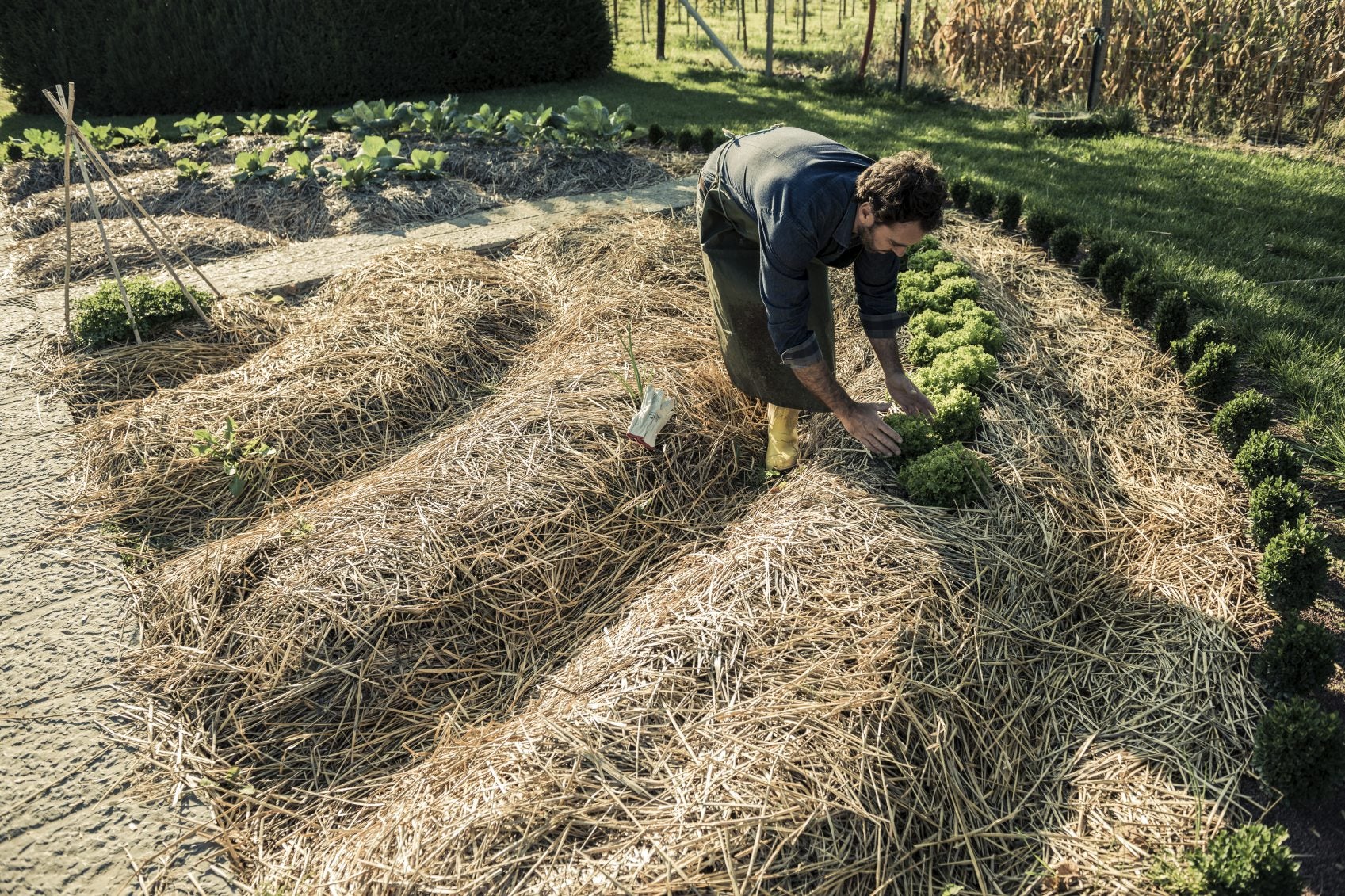
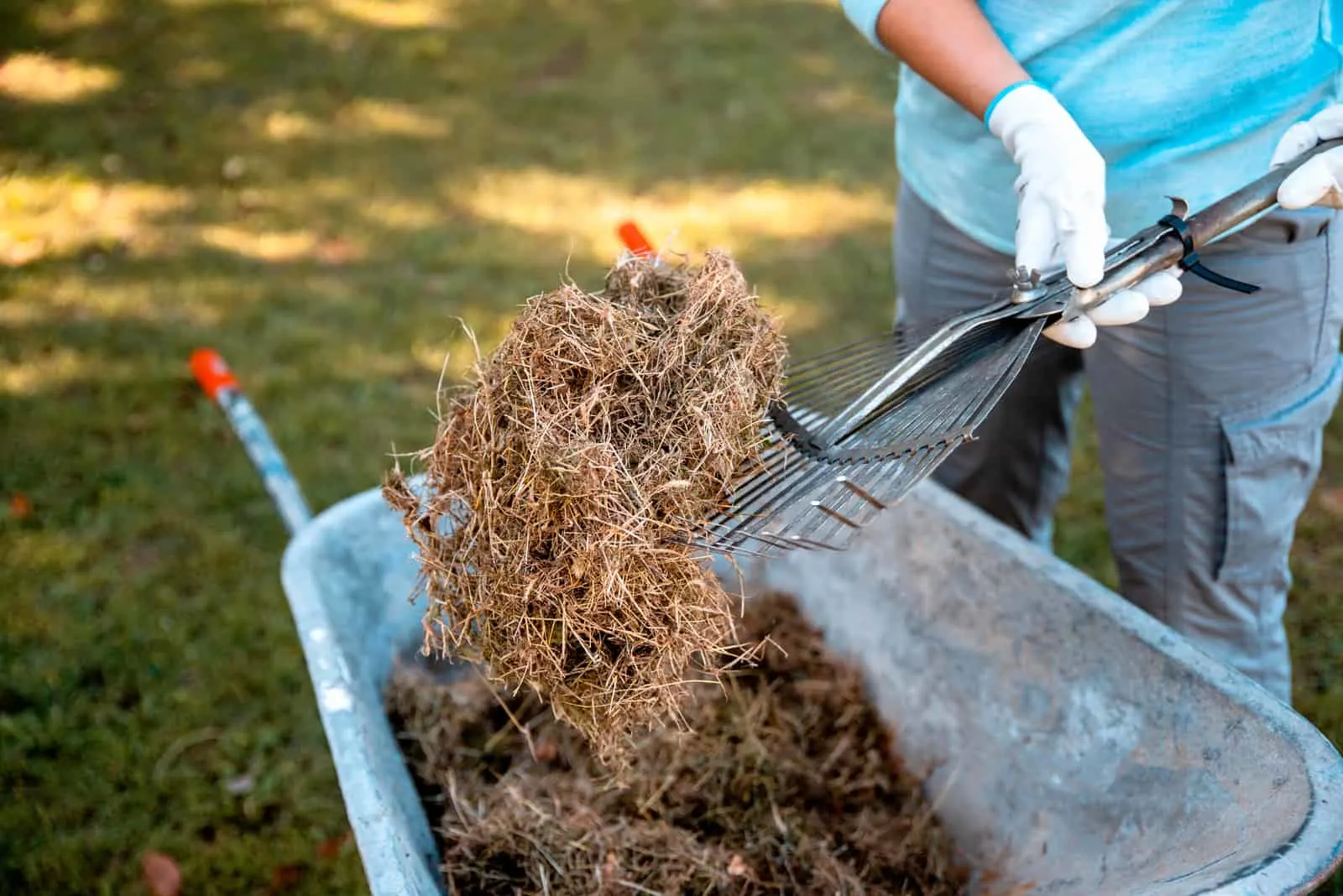
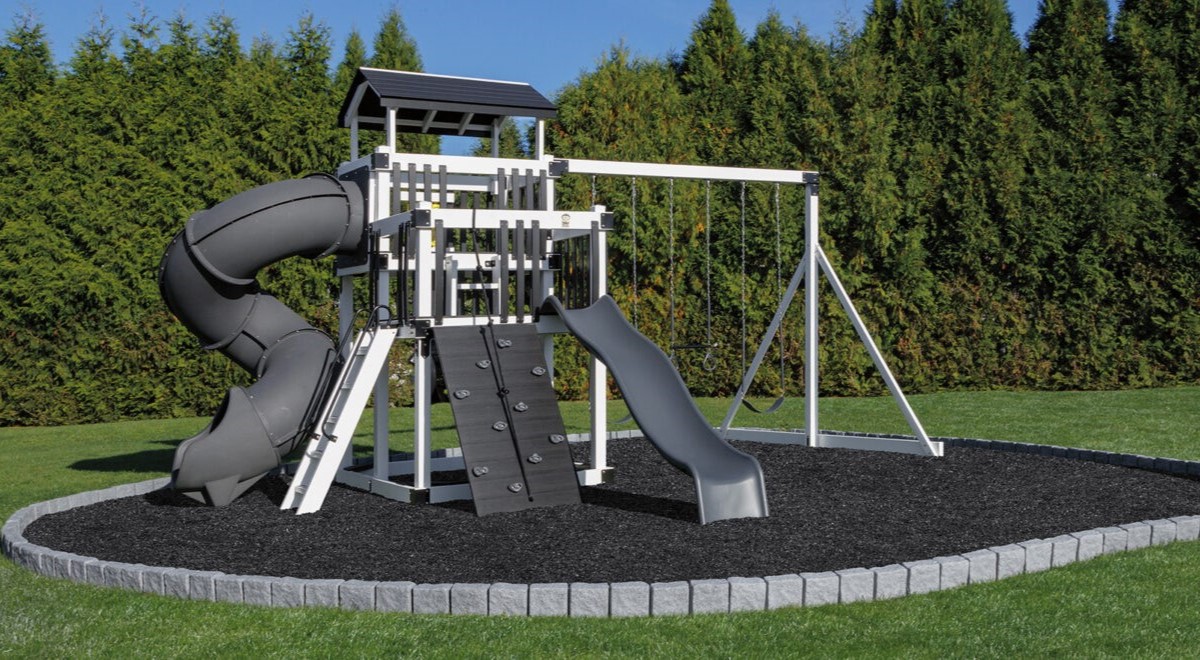
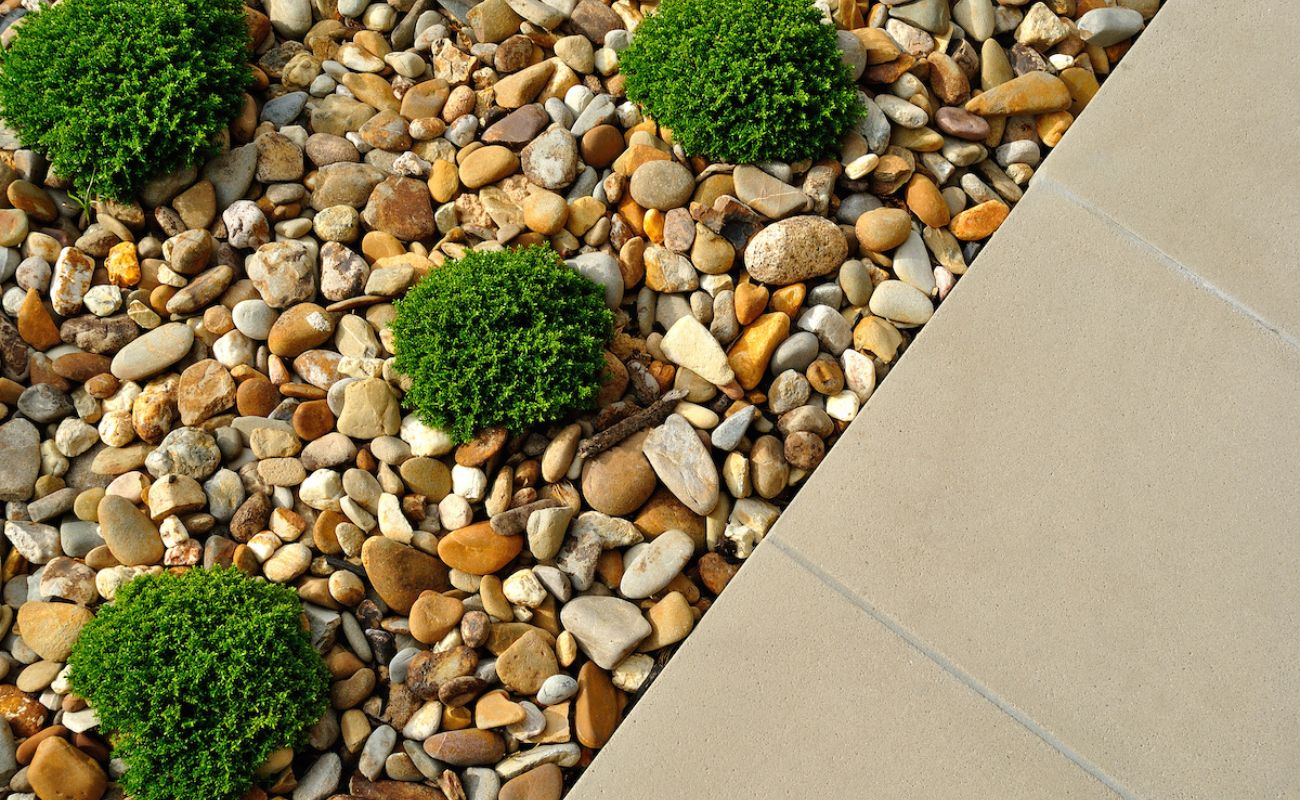
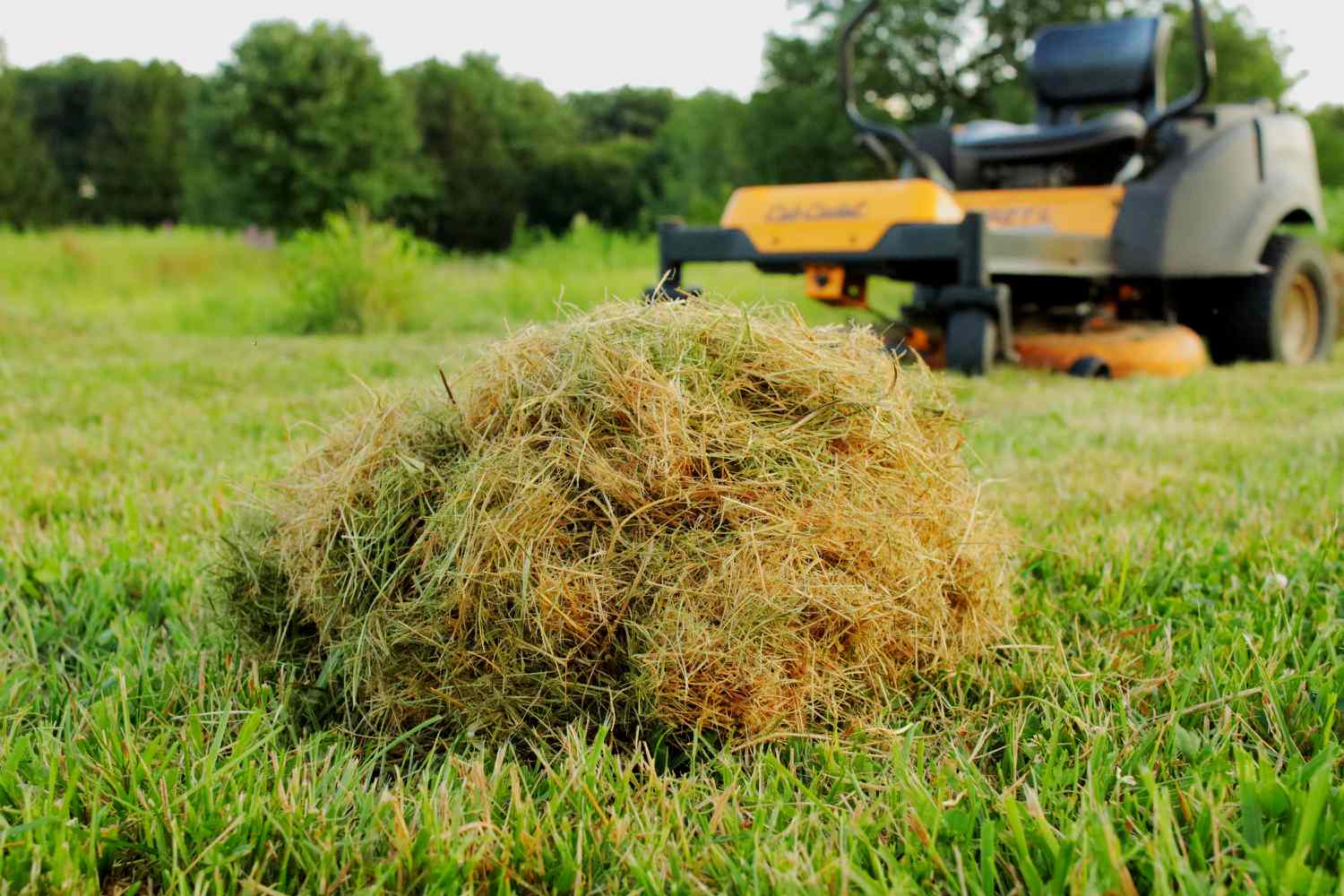
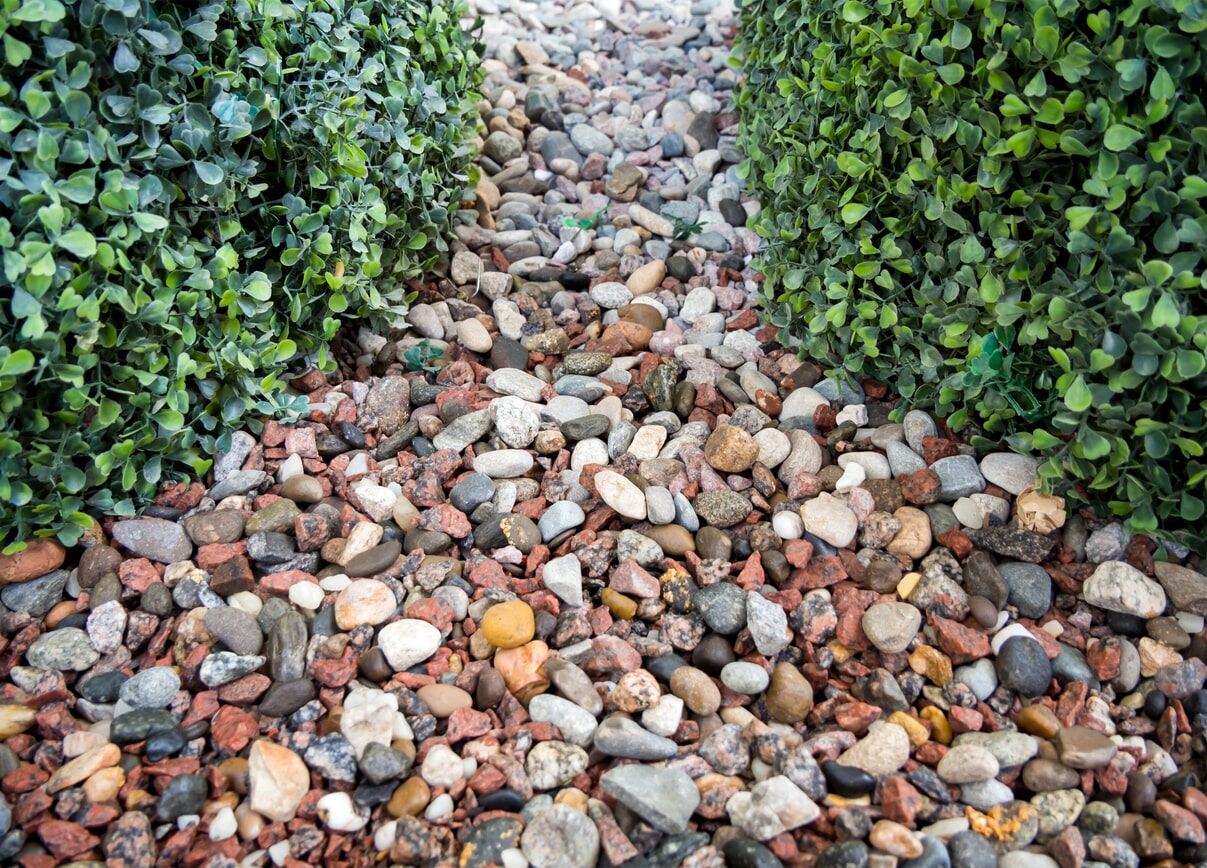
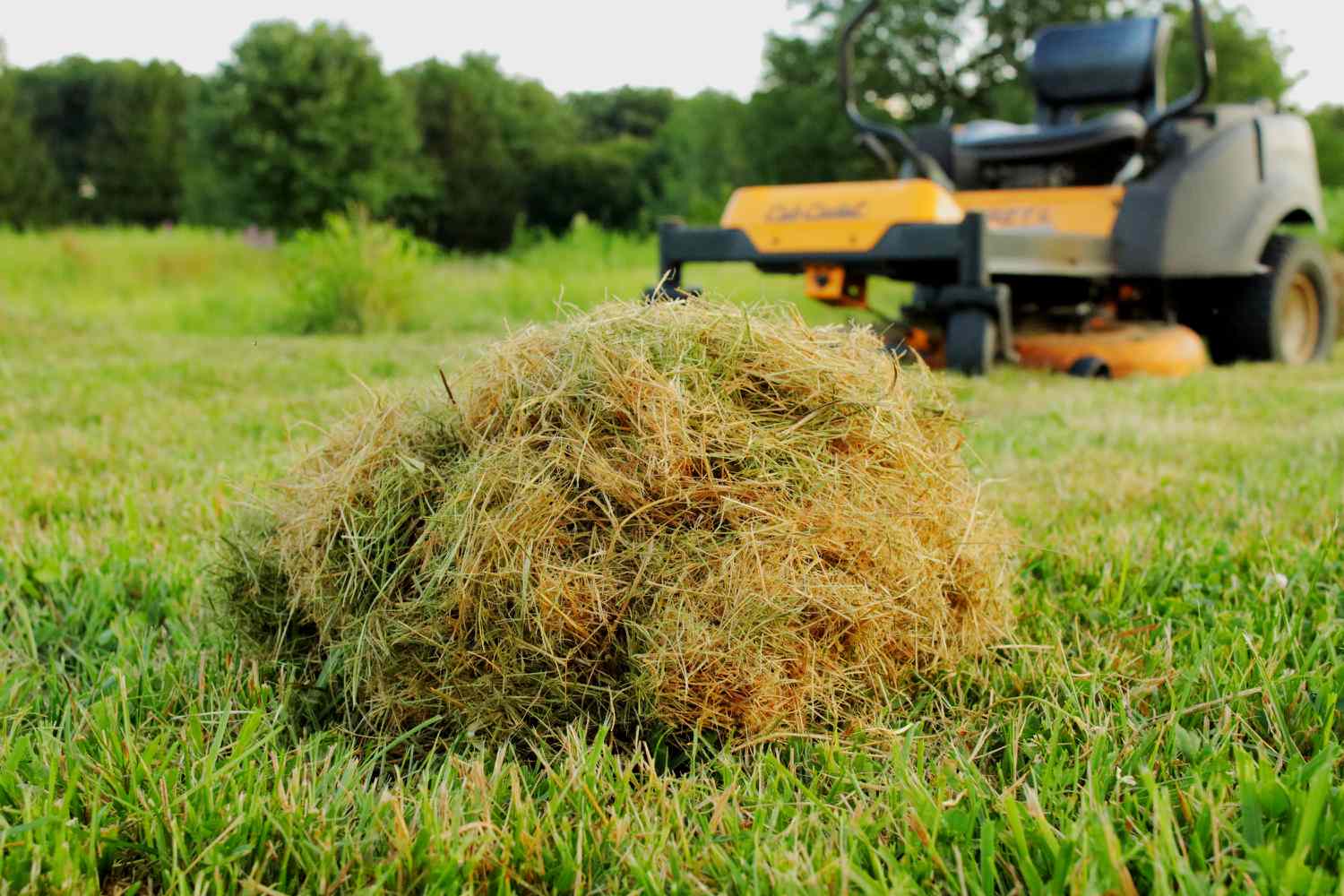
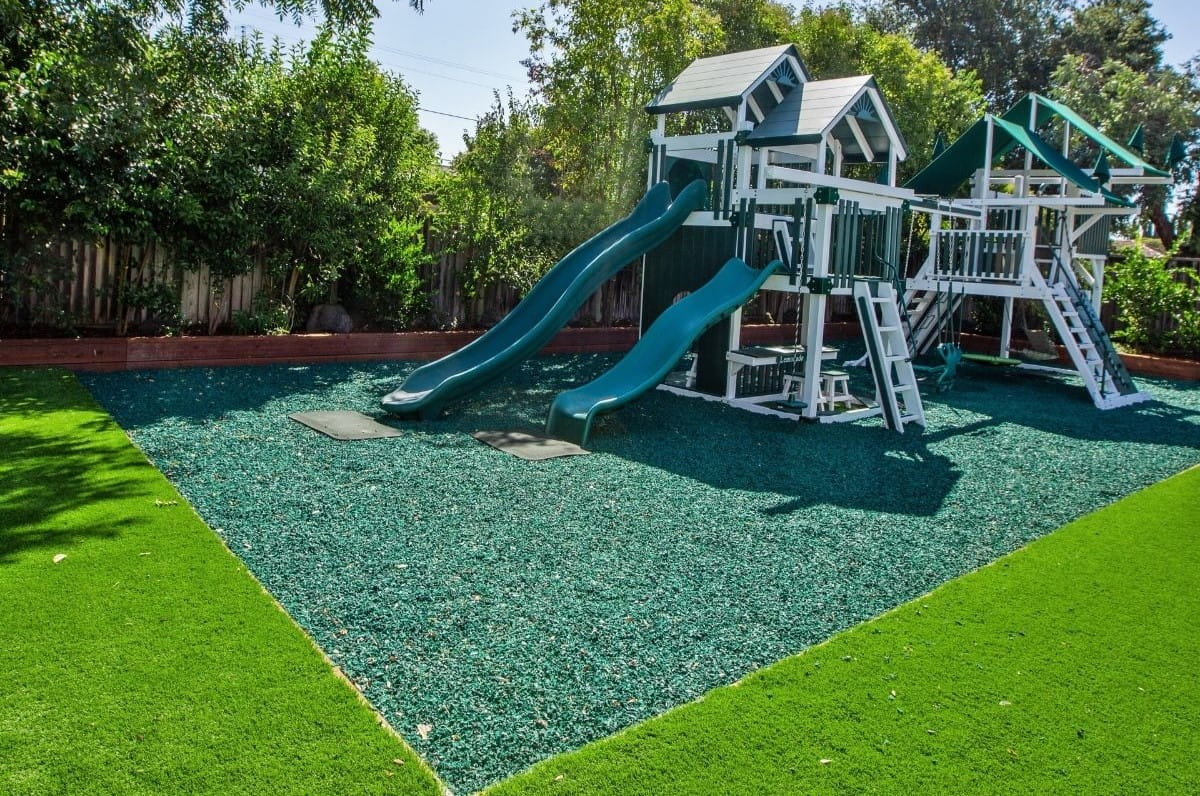
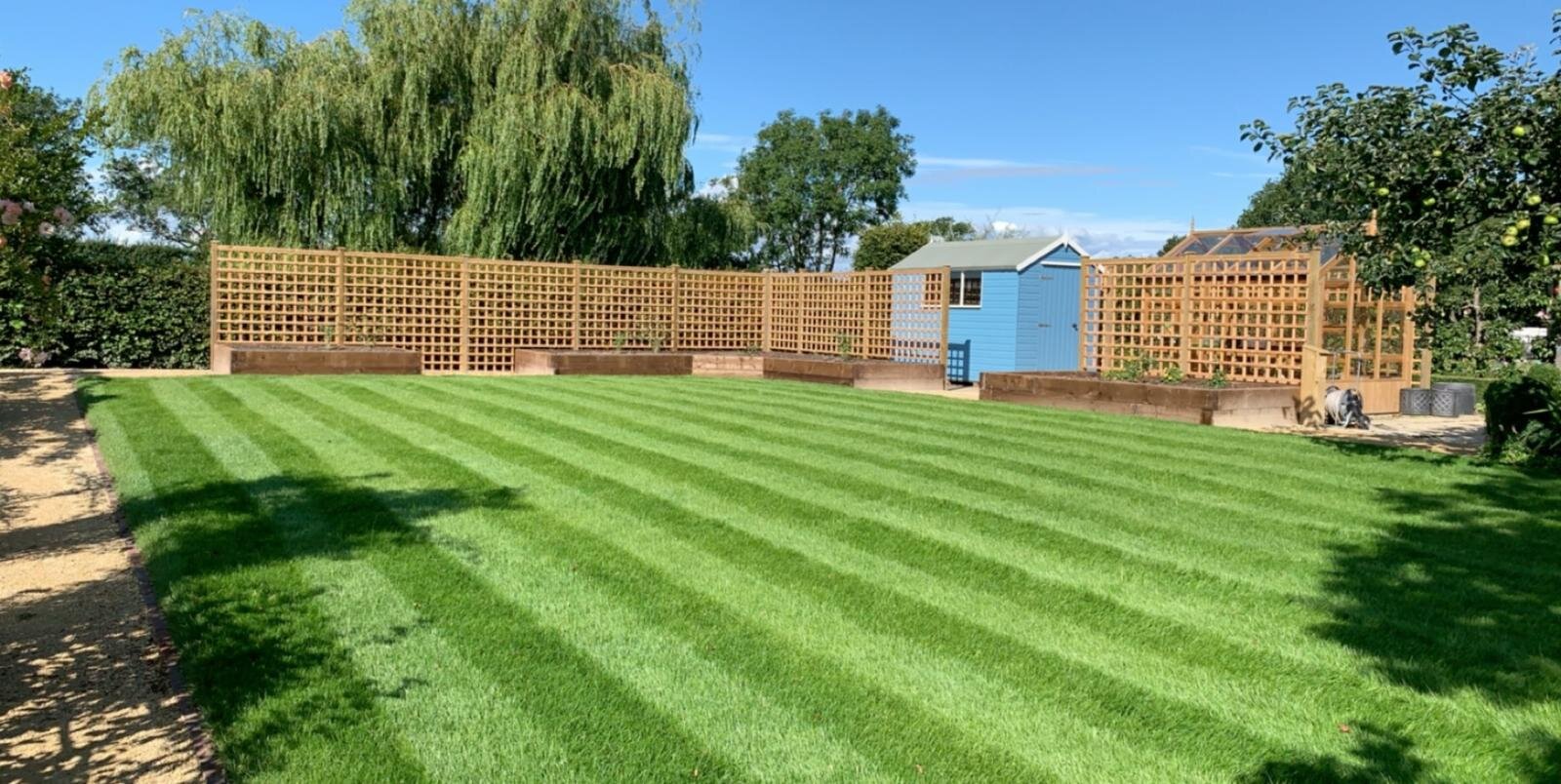

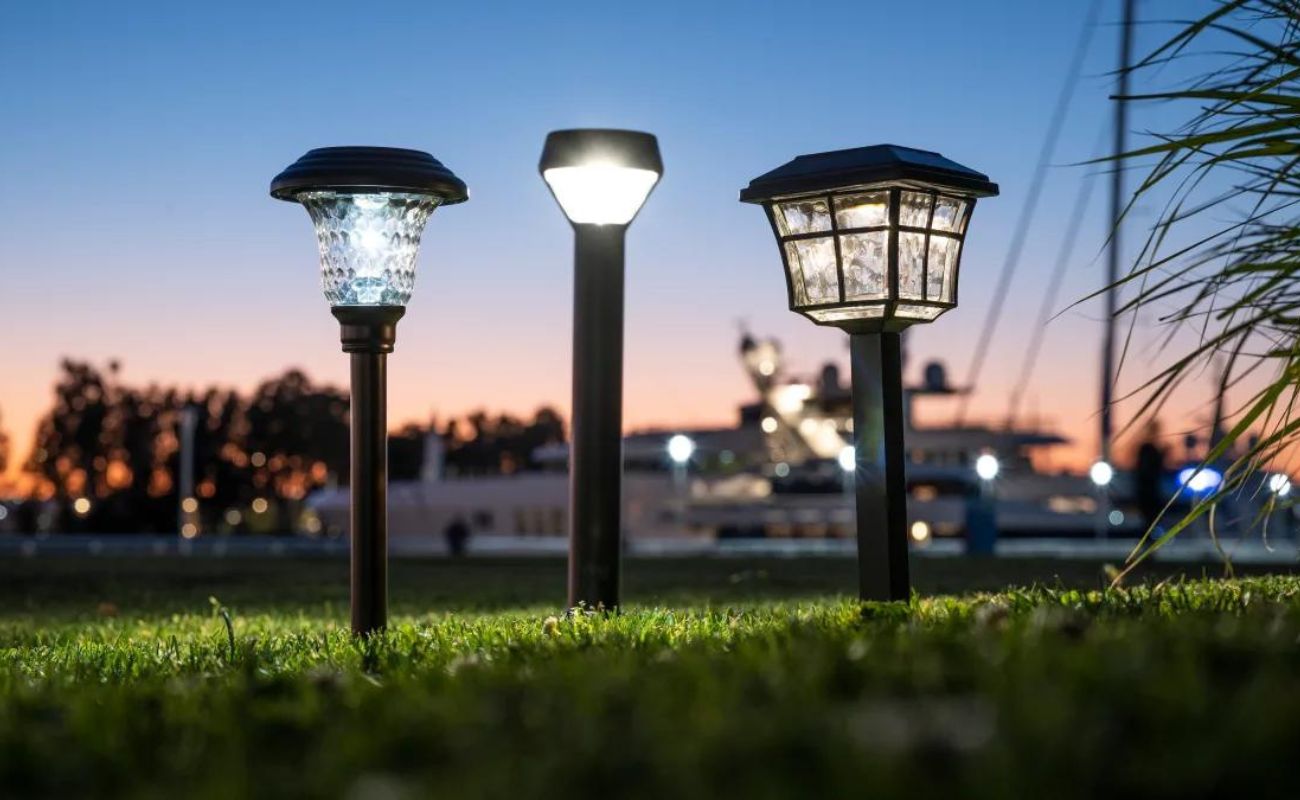
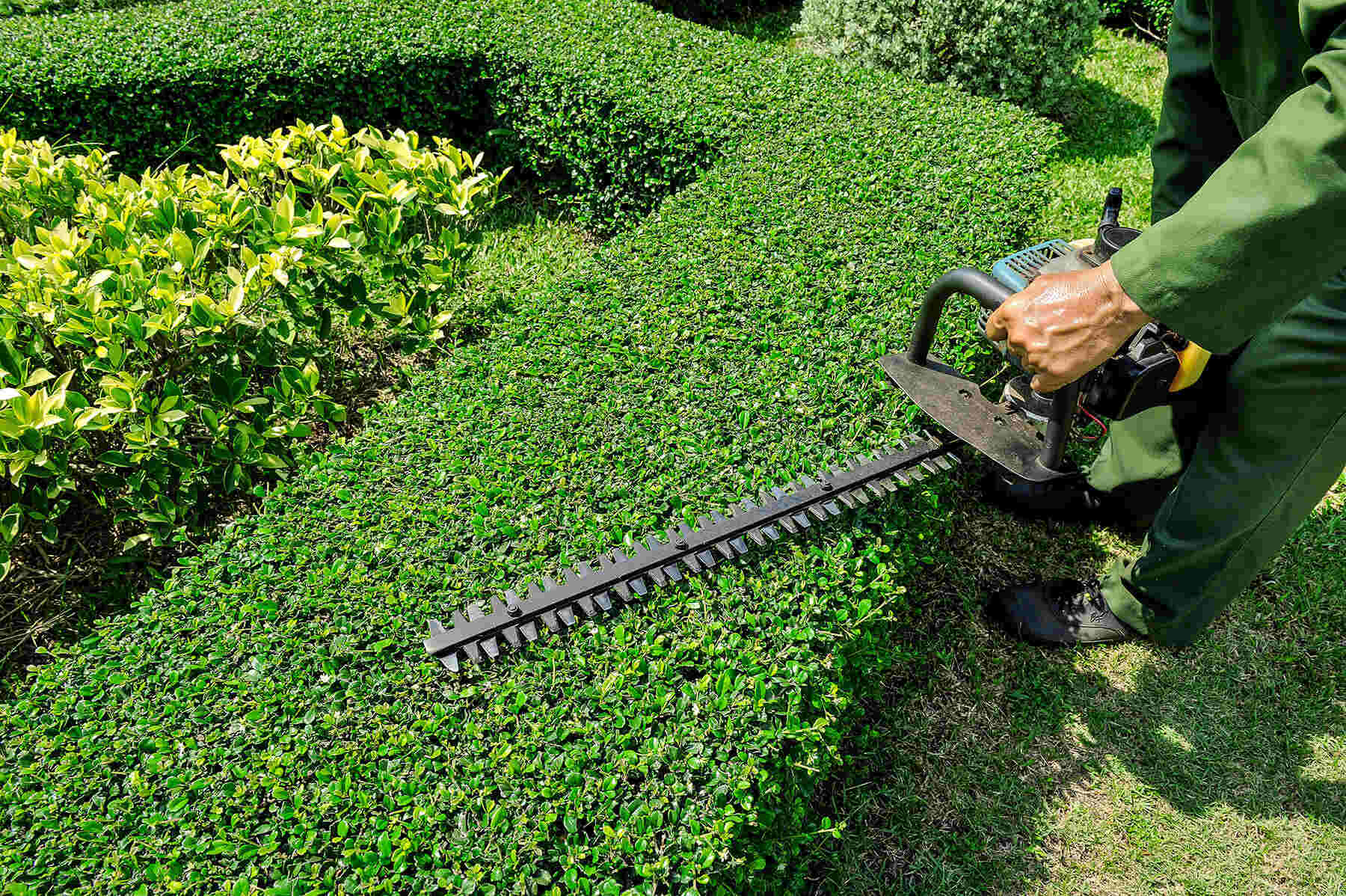
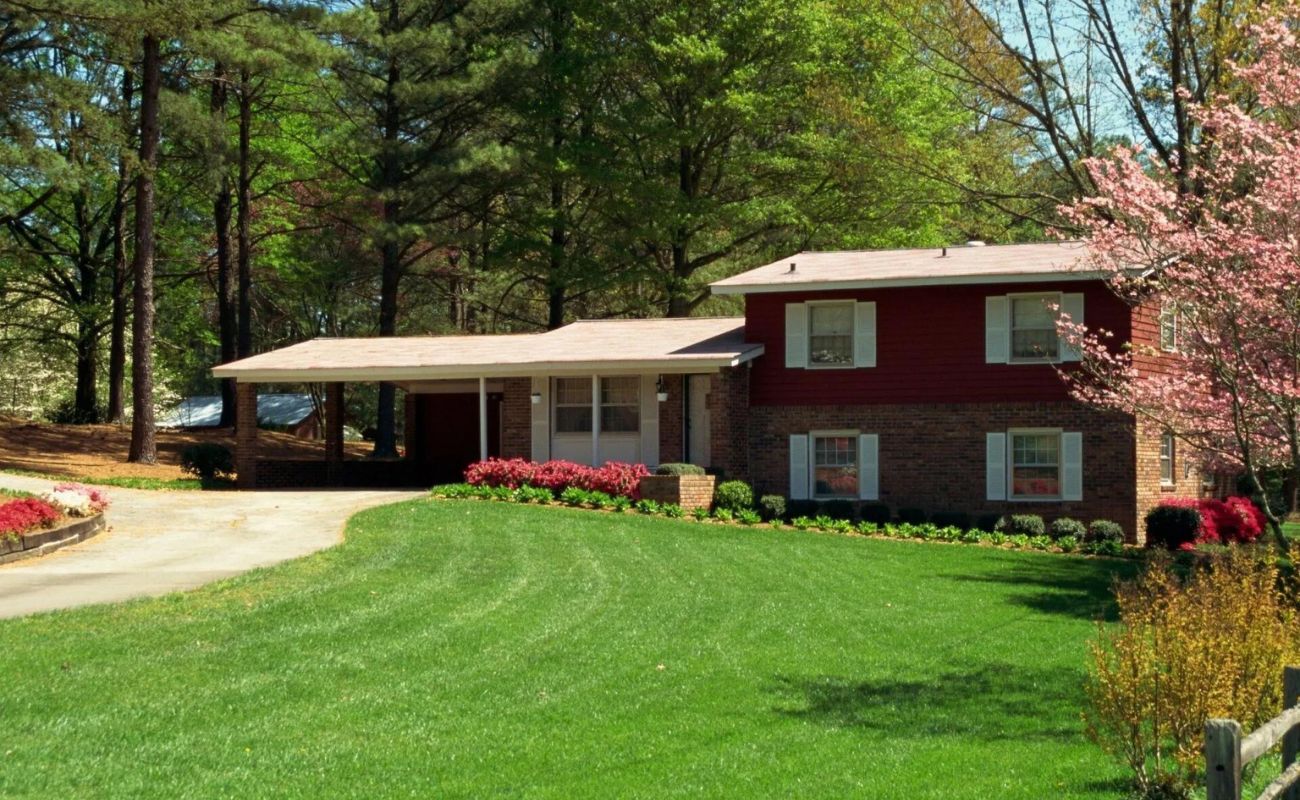

0 thoughts on “What Is The Best Mulch For Landscaping”